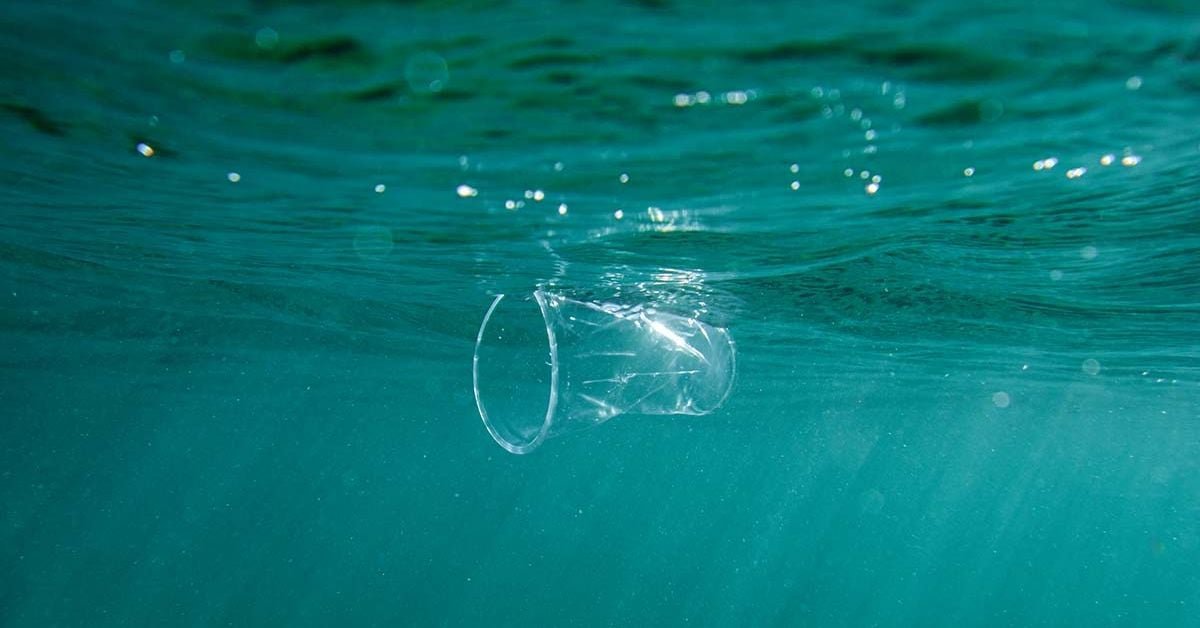What is “fast fashion”?
In the 1980s and 90s, fast fashion emerged as a new production method that made it easier for the average consumer to buy trendy and affordable clothing. While these garments may align with current fashion trends, they are typically not durable, which encourages consumers to make frequent purchases.
According to the Ellen MacArthur Foundation, around half of all fast fashion items produced are thrown away within a year.
“There used to be four seasons in the fashion industry: fall, winter, spring, and summer,” says Candice Batista, a Canadian environmental journalist and founder of The Eco Hub (theecohub.ca). “Now, fast-fashion brands introduce new styles 52 to 104 times a year. There’s no way that all of this inventory can be sold at full price! It’s excessive, which leads to constant sales. It creates a linear cycle of extracting resources, producing goods, consuming, and discarding.”
A laundry list of problems
Clothing should not just be viewed as clothing; consumers must recognize the resources and labor that contribute to their production.
“When considering a cotton T-shirt, think about the water, fertilizers, and pesticides needed to grow the cotton,” says Batista. “The cotton is usually harvested by individuals, often children or women, who work in terrible conditions. The raw material is transported (using fossil fuels) and turned into fabric. After that, it gets transported again to be fashioned into a garment and shipped to a store. Then we arrive, thinking, ‘Wow, these T-shirts are only $5! I’ll buy one in every color!’ Yet, we wear them infrequently and eventually dispose of them.”
Who made your clothes?
Many of us recall the tragic Rana Plaza disaster in 2013, where 1,134 individuals lost their lives and thousands more were injured due to the collapse of a garment factory in Bangladesh. This event starkly highlights the grim working conditions faced by many in the fashion industry worldwide, but it is just one instance among many.
“Fashion is an incredibly labor-intensive industry, with 80 percent of its workforce being women from the global south who earn far less than a living wage in their localities,” explains Batista. Unfortunately, child labor remains a significant problem at every stage of the supply chain, and workers often face exposure to harmful chemicals, such as pesticides and dyes.
“This issue involves proactively supporting Black, Brown, Indigenous, and other people of color,” Batista continues. “Most garment workers are BIPOC women and children. The world is interconnected; we need to understand the ripple effects of our actions and decisions.”
What goes into your clothes?
Water
Think about this: producing one cotton T-shirt requires around 2,700 liters of water, enough to keep a person hydrated for two and a half years.
Petrochemicals
Each year, roughly 98 million tonnes of nonrenewable resources (like petrochemicals) are utilized in clothing production. “Synthetic clothing is derived from fossil fuels,” Batista explains. “These fossil fuels are not only present in the clothing but also used to transport the garments. The fashion industry significantly contributes to climate change.”
Dyes
Textile dyes also pose environmental hazards, many of which are toxic. The United Nations reports that the fashion sector generates 20 percent of the world’s wastewater, leading to the pollution of local waterways.
Microplastic
Additionally, we must consider microplastics — tiny plastic fibers released from synthetic clothing (such as polyester, acrylic, and nylon) primarily during washing. A study from 2018 indicated that 30 billion microplastic particles enter waterways annually from Metro Vancouver alone, despite local water treatment facilities filtering out 1.8 trillion plastic particles. This plastic finds its way into our water and eventually into the food chain, affecting the seafood we consume and the water we drink.
Where does cheap clothing go to die?
The end-of-life story for garments is equally bleak. According to the Ellen MacArthur Foundation, a garbage truck’s worth of clothing is discarded every second, either sent to landfills or incinerated.
Investigative journalism has revealed many unsavory practices: numerous fast-fashion companies have been caught dumping or destroying unsold inventory and returned items. A 2019 investigation by Corporate Knights found that it is often more cost-effective for businesses to discard returned items than to assess their potential for resale.
What about donations? While donating unwanted clothing might feel responsible, the reality is concerning: there is an oversupply and inadequate demand for these items. In Metro Vancouver, for instance, only about 20 to 25 percent of donated garments are resold or reused locally.
As for recycling initiatives touted by major fast-fashion brands? Critics have exposed disheartening statistics. A Guardian article reported that H&M’s recycling program can produce more garments in 48 hours than they can realistically recycle in 12 years. Given the massive scale of these companies’ production, their sustainability claims are often viewed as mere greenwashing.
“They lure you into buying more by offering a gift card when you recycle old clothes!” Batista adds with a laugh. “It’s blatant greenwashing. Moreover, these items rarely get recycled into new clothing — that’s exceedingly uncommon.”
Let’s fix the problem
As consumers, we can respond to the growing influx of cheaply produced goods. Consider these strategies.
Buy less
It’s crucial to slow down our consumption of resources. When you need something, explore second-hand clothing options, which can help conserve resources.
Prioritize quality rather than quantity
When purchasing new clothes, focus on those made from high-quality fabrics with solid stitching. Check if the item comes with a warranty or can be repaired later.
Shop sustainably and ethically
This can include:
– Supporting local small-scale designers
– Seeking garments made from sustainable materials (like organic cotton, linen, or hemp) or upcycled materials (such as recycled materials or deadstock) and non-toxic dyes
– Choosing items with certifications like Fairtrade, RWS (for wool), GOTS organic, OEKO-TEX®, or BLUESIGN
Take good care of your clothes
Learn the laundry instructions on clothing labels and adhere to them; treat stains promptly.
Mend your clothes
You can either mend them yourself (look for “visible mending” techniques) or enlist a professional, which is especially wise for bags and shoes.
Dispose properly
Consider passing on your clothes to others (you might host a clothing swap!), saving them for crafts or mending, using them as cleaning rags, donating responsibly, or finding textile recycling programs in your area.
Our choices have power
“It boils down to being a mindful individual,” states Batista. “Mindfulness has become a trendy term, but it truly revolves around understanding your impact and avoiding harmful actions toward others. If you sew, you’re aware of the effort required to craft something — the intricacies, details, labor, and care invested in it. That knowledge is empowering.”
Admittedly, shopping has become more complicated due to COVID-19. However, instead of relying on fast-fashion websites for online shopping (and potentially returning items that may end up in the trash), consider these alternatives:
– Shop for second-hand items online through consignment stores, online thrift shops, or social media buy-sell-swap groups.
– If safe and permitted, shop in person at local small businesses.
– Investigate ethical, slow-fashion designers in your area — many have online shopping options available.
Comfy COVID-19 fashion?
As many people transitioned to remote work in 2020, our fashion purchasing habits underwent significant changes. Two major trends that surged in popularity? Loungewear and wireless bras, unsurprisingly! And let’s not forget the huge demand for cloth masks available in various colors and styles.






